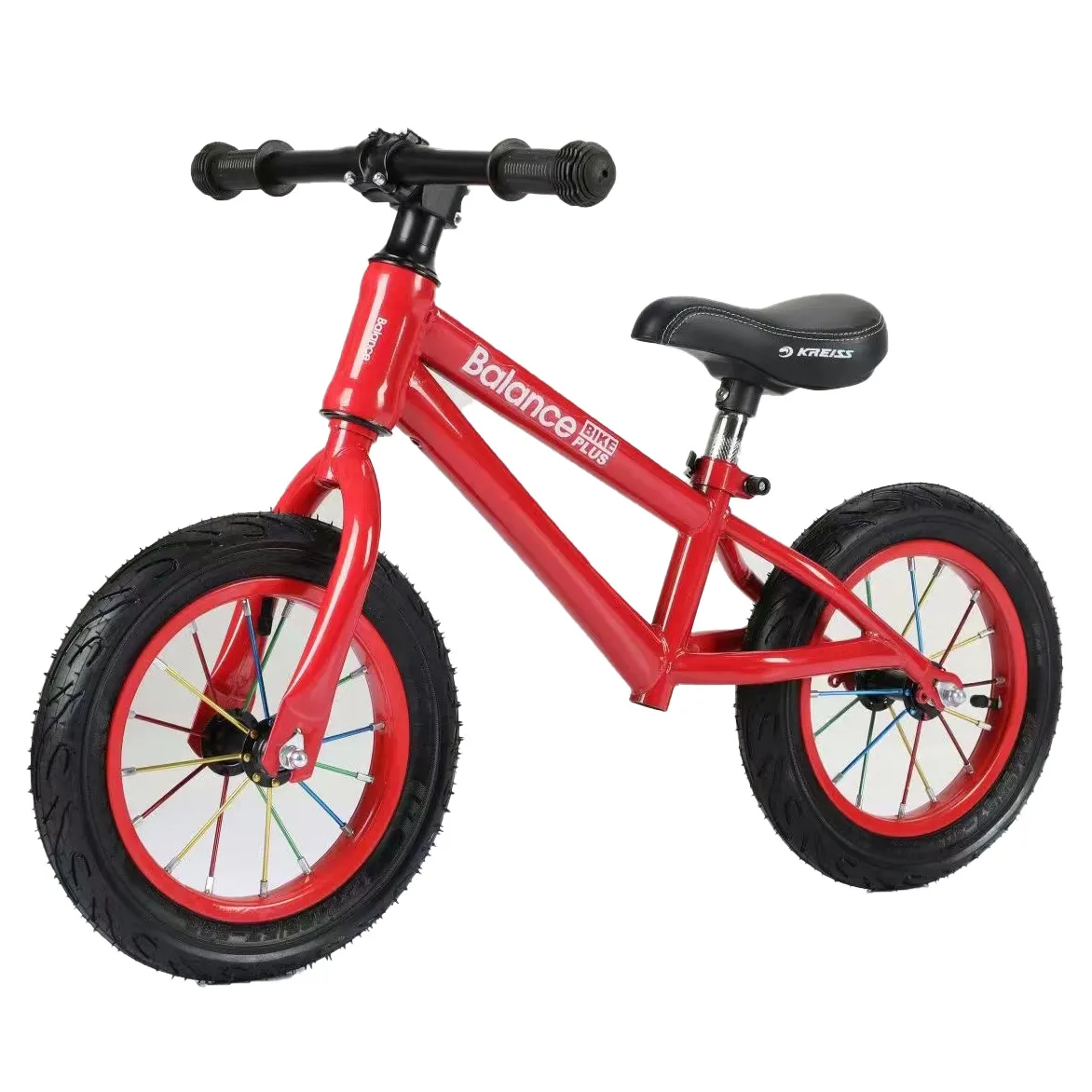mountain bike classification
Understanding Mountain Bike Classification
Mountain biking is an exhilarating sport that combines the thrill of cycling with the challenges of rugged terrain. With a variety of mountain bike types designed for different terrains and riding styles, understanding mountain bike classification is essential for both beginners and experienced riders alike. This article will explore the primary categories of mountain bikes and their unique features.
1. Cross-Country (XC) Bikes
Cross-country bikes are designed for speed and efficiency, making them suitable for racing and long-distance rides. These bikes typically feature lightweight frames, narrow tires, and a more upright riding position. The geometry of XC bikes is optimized for climbing and accelerating, allowing riders to tackle steep ascents with ease. Many models offer front suspension (hardtails) or full suspension, but even the full-suspension variants prioritize weight-saving over cushy rides. If you enjoy covering long distances on varied terrain and appreciate speed, an XC bike might be the right choice for you.
2. Trail Bikes
Trail bikes are versatile, designed for all-around riding. They balance climbing efficiency with descending capability, making them suitable for a variety of trails. Trail bikes often feature longer travel suspension than XC bikes, providing greater shock absorption on rough terrain. With a geometry that allows for a more aggressive riding position, they handle technical descents well while still being manageable on uphill climbs. Their adaptability makes them a popular choice for riders who enjoy exploring diverse trails without being limited to a specific riding style.
3. Enduro Bikes
mountain bike classification

Enduro bikes are built for aggressive riding, designed to excel in downhill performances while still being capable of climbing back up. These bikes usually possess substantial suspension travel, which provides stability on tough descents and rough terrain. Their frame designs prioritize durability to withstand the rigors of downhill racing and challenging trails. However, while they are heavier and less efficient on climbs than XC and trail bikes, enduro bikes are perfect for riders who crave adrenaline and prefer descending, all while still needing to pedal uphill during events.
4. Downhill Bikes
Downhill bikes are specially designed for steep descents and rough terrains, such as ski resorts or bike parks. These bikes feature the most suspension travel and a sturdy frame to endure high-speed descents and jumps. With a slack geometry, they prioritize stability and control while descending at high speeds. However, they are not optimized for climbing, as their weight and design are tailored for downhill performance. Riders who enjoy steep, technical descents and accessing downhill mountain biking trails will find these bikes most suitable.
5. Fat Bikes
Fat bikes feature oversized tires designed for traveling on soft surfaces like sand, snow, or mud. The increased tire width provides exceptional traction and stability, making them suitable for year-round riding. Fat bikes offer riders the unique ability to float over difficult terrain where standard mountain bikes may struggle.
In conclusion, understanding mountain bike classification helps riders select the right bike for their intended use and riding style. Whether you’re interested in racing, trail riding, or simply exploring the great outdoors, there’s a perfect mountain bike out there waiting for you.
-
The Perfect Baby TricycleNewsAug.11,2025
-
Ride into Fun with Bikes for KidsNewsAug.11,2025
-
Ride into Adventure with the Perfect Kids Balance BikeNewsAug.11,2025
-
Fun and Safe Riding with the Best Childrens ScootersNewsAug.11,2025
-
Find the Perfect Childrens Bike for Your Little OneNewsAug.11,2025
-
Explore the Best Baby Tricycles for Your Little OneNewsAug.11,2025
-
Three-Wheel Light-Up Scooter Benefits for KidsNewsJul.11,2025








